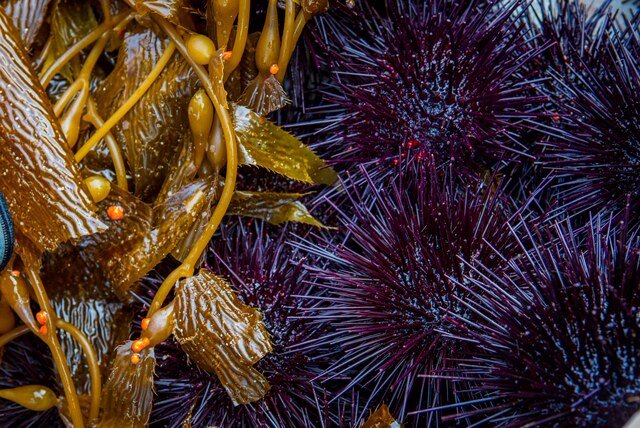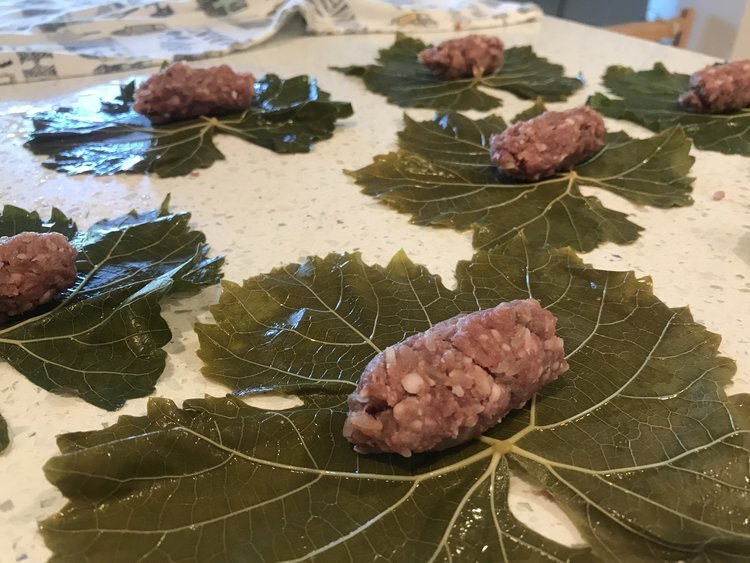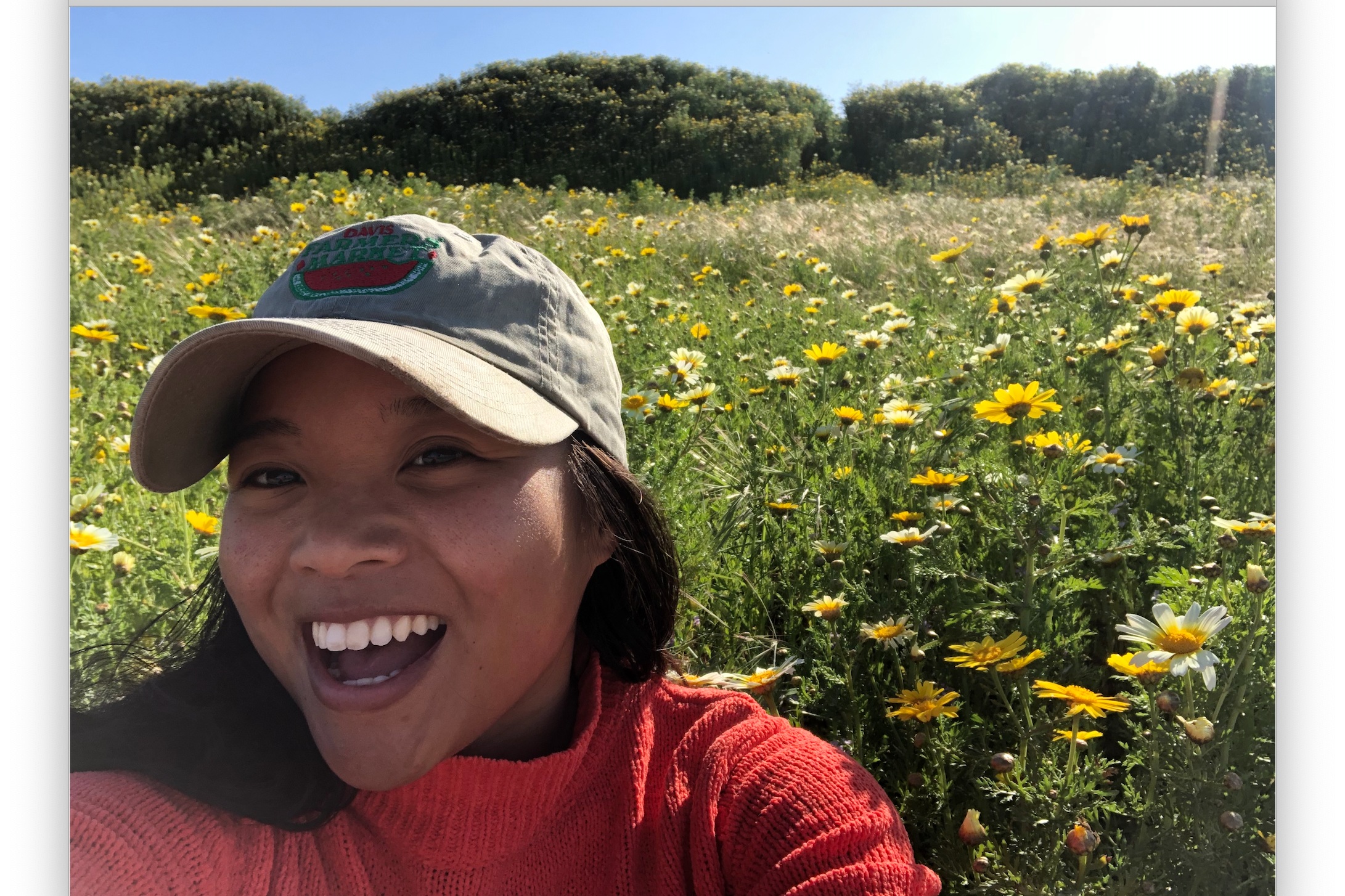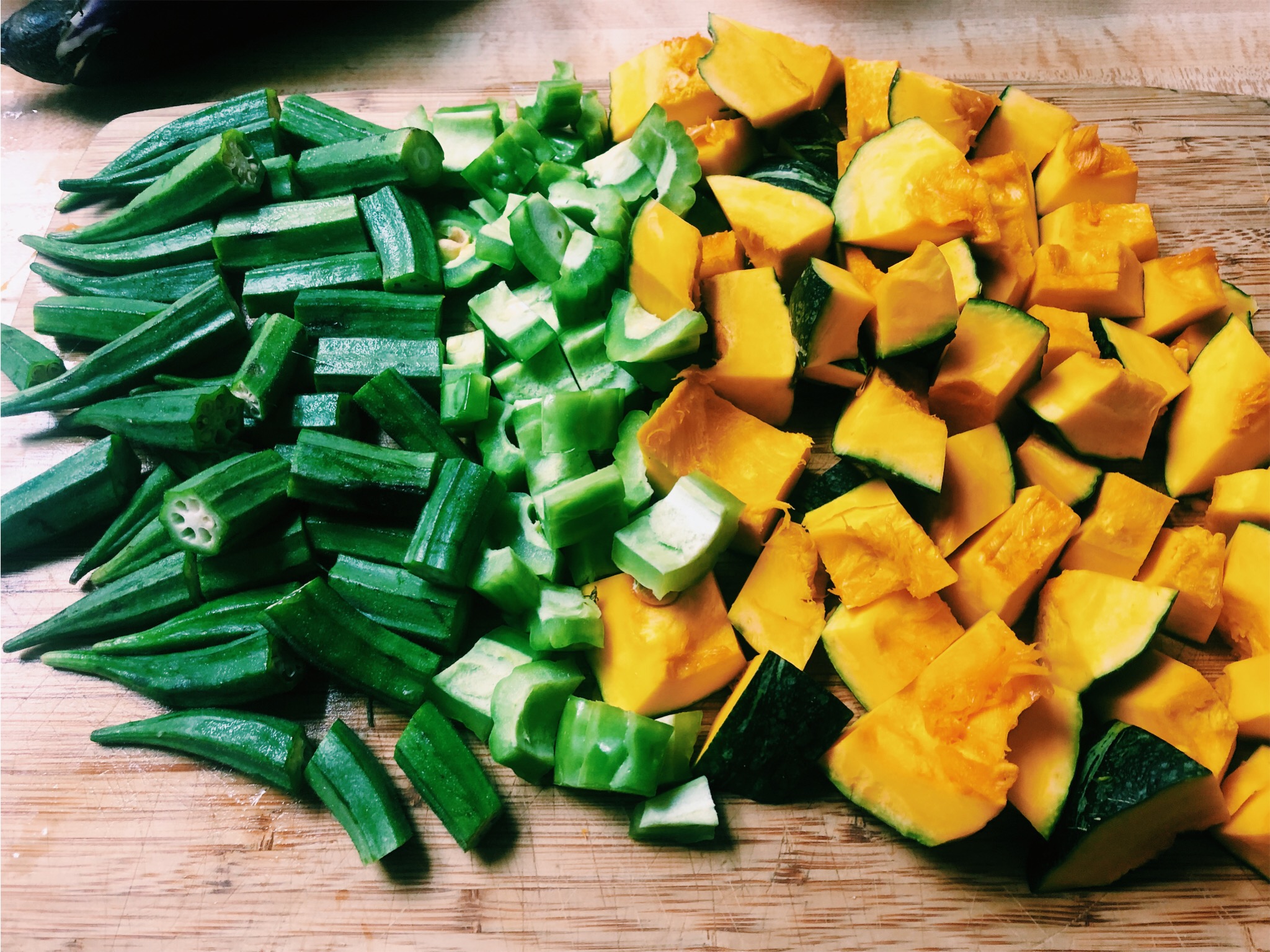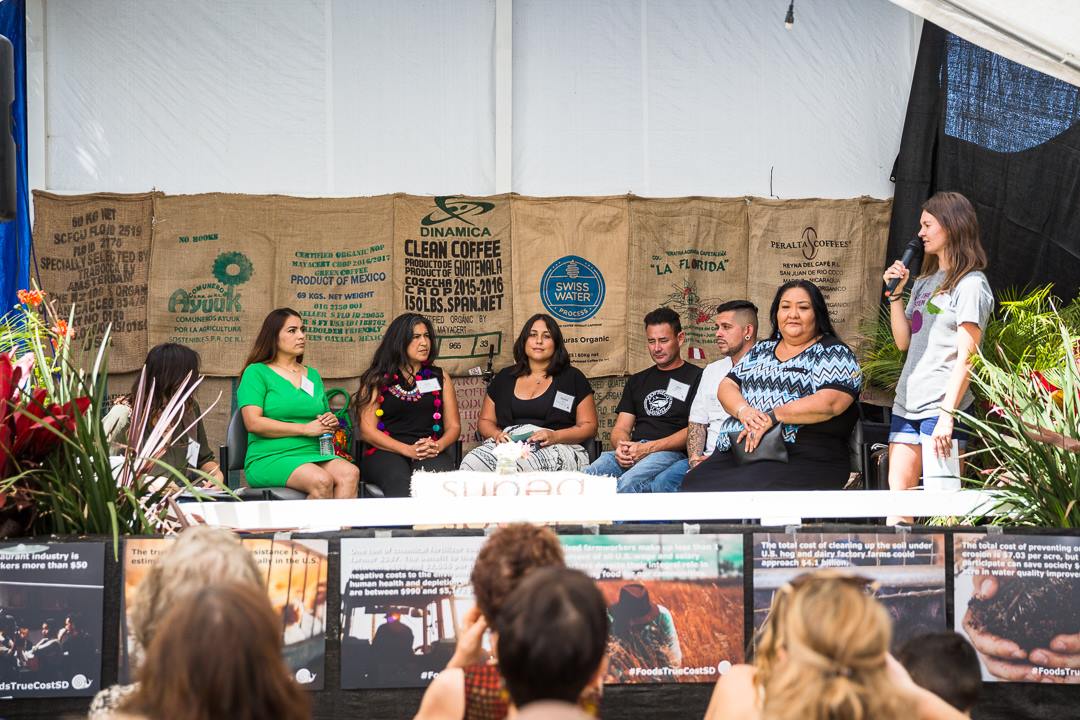Jared Smith
Jared’s Real Food
Hi there! Okay, first & foremost, let’s start at the beginning, how and when did Jared’s Real Food begin? What or who inspired you in your journey?
Jared’s Real Food was started back in 2011 after a series of events stirred my interest in farming. My grandpa was diagnosed with cancer in 2009 and I began to research a lot on the topic. I was really trying to dig down to the source as to why cancer is becoming more prominent in our society as well as various other chronic and autoimmune diseases. I was working in the finance and medical fields after graduating college but decided to start studying nutrition. At the time I also built a small garden in my backyard with the intent of growing healthy food for my family.
I immediately fell in love with gardening and the miracle of watching seeds transform into beautiful plants that nourish our bodies.
It became apparent to me that there is a great need for real food in our country and I really started to consider growing food on a larger scale. During that time my uncle offered me a small strip of land to farm at his property. At first I built 25 raised beds and told my family and friends that I was in business. There was a good initial response and the following year I expanded to a 2 acre lot on the neighboring property. The farm was started as a weekend project as I was working full time at my other job. Slowly but surely the farm grew and I was able to cut back hours until finally going full time as a farmer years later. I’ve been inspired by many farmers over the years including Mark Bendixen, Joel Salatin, Elliot Coleman, J.M. Fortier, and many more.
We heard you were recognized by No Till Growers and asked to host a workshop event this past February. Tell us about your experience here!
Yes I recently hosted the first west coast No-Till Growers event at my farm. It was an amazing experience! I gave a 2 hour talk on my farm operation and then did a field walk with demos. It was so great to meet other growers from all around the US and also locally too. There were so many great conversations and new friends met during the event. It was also very refreshing to see first hand that there are many farms all across the US who are focused on soil health and using holistic techniques to grow food.
What message are you driven most by? How does this relate to your mission?
I’m driven by the fact that healthy soil is foundational to human society. The same microbes that live in healthy soil also live inside us in our gut flora. We are directly connected to the health of the soil in that regard but also in so many other ways. Without access to food grown in living soil, we simply cannot be functioning at our highest level as humans. I want to see thriving and healthy people in my local community and country as a whole. My mission with starting the farm was to provide the healthiest produce possible to my local community.
I strive to grow produce that is of the highest standard by taking great care to build the fertility of the soil every year.
What’s a simple action other’s can do now to further sustainable, regenerative agriculture?
Start seeking out local regenerative farmers in your area and support them. You might be surprised at all the great local food options you have. The more we support our local producers, the better the health and connection of our community will be. If there aren't many farms in your area then starting a small garden is a great idea too.
SlowFood strives for “Good. Clean. Fair.” foods. Why are these things important to you? Or choose one that is the most important for you.
Good. Clean. Fair foods are important for many reasons. Good food is real food that comes from the earth and is grown in a way that is good for the earth. That is definitely an important concept that I focus on at my farm. Trying to work with nature rather than fighting it! Good food nourishes us and tastes amazing too. Clean food is also very important. When growing food in a way that is good for the earth, one of the results is not needing to spray toxic pesticides. This too is a huge focus at my farm. My pest control strategy is to design a landscape with great crop diversity and flowers to create more balance by attracting beneficial insects to the site. The beneficial insects pollinate flowers and also eat pest insects that would otherwise overwhelm the crops.





























